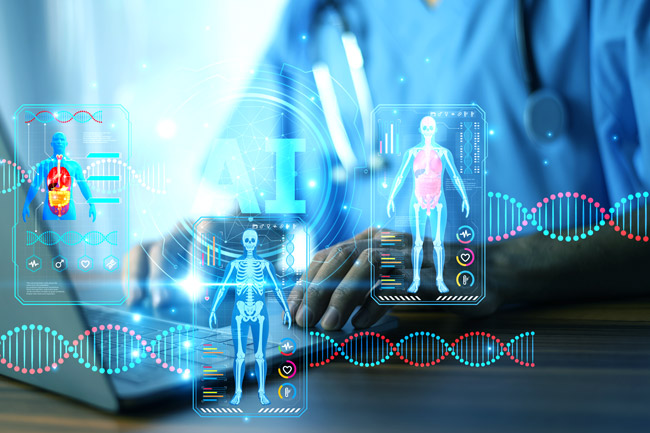In India, patient monitoring—once limited to bedside equipment in hospitals—is evolving into an intelligent, connected ecosystem. Recent advances in artificial intelligence, data science, and medical devices are pushing this transformation forward, promising to widen access, reduce costs, and better serve underserved populations.
Modern patient monitoring is no longer just about periodic vital sign checks. Today, it involves a network of interconnected devices, sensors, and analytic platforms that collect, merge, interpret, and act on physiological data in real time. Hospitals deploy these systems for intensive care, post-operative care, chronic disease tracking, and remote patient management. Meanwhile, device manufacturers, software firms, insurers, and public health programs all play roles—forming a health-tech ecosystem.
Wearable sensors, portable monitors, and smart patches feed streaming data into analytics engines, which process inputs to recognize anomalies or risks. Clinicians receive alerts via dashboards or mobile tools equipped with trend visualizations, enabling quicker intervention and more informed decision-making.
AI in action: predictions, diagnostics, alerts
A key value of AI in monitoring is its ability to continuously analyze data for patterns and preemptive signals. For example, algorithms can flag trends indicating sepsis risk, respiratory distress, or potential cardiac events before they escalate. This kind of early warning can be lifesaving, especially in settings lacking round-the-clock specialist care.
Beyond predictive analytics, AI also enhances diagnostics. By combining imaging and patient data, emerging systems can spot fluid buildup, tumors, or organ stress more quickly and with less reliance on expensive imaging modalities. In remote care scenarios, cloud-based monitoring enables physicians to supervise patients from afar, reducing hospital readmissions and improving chronic disease management.
The Indian government is investing strategically to support this shift. National AI initiatives encourage research and innovation in healthcare, while digital health programs aim to establish federated health records, interoperability, and data exchange frameworks. These systems pave the way for monitoring solutions to integrate smoothly into existing clinics, health centres, and outreach programs.
Institutions such as AIIMS and PGIMER are also acting as innovation hubs, collaborating with startups, supporting pilot projects, and helping validate new tools. As these models scale, the ambition is to embed AI monitoring into routine maternal care, chronic disease follow-up, and community health services.
Opportunities and headwinds
The promise is compelling: earlier intervention, fewer complications, more efficient resource utilization, and equitable access to advanced monitoring—even in remote or marginalized areas. Subscription-based models and affordable hardware offer paths to scale, while integration with telehealth further extends reach.
However, challenges persist. In many rural areas, reliable connectivity, power supply, and device availability remain inconsistent. Interoperability among heterogeneous systems is still evolving, and aligning data standards is complex. Patient privacy, data security, and regulatory compliance must be safeguarded. Adoption depends heavily on training health workers and earning their trust; false positives or alert fatigue could erode confidence in AI systems.
As India presses forward, stakeholders must keep equity and trust at the core. Open standards, transparent algorithms, inclusive datasets, and rigorous validation will anchor credibility. Public-private partnerships, regulatory frameworks, and ecosystem coordination will determine whether AI monitoring extends beyond pilot zones to become a backbone of health delivery across the country.
If successfully deployed, AI-powered monitoring could bridge urban–rural divides in care, enable earlier interventions, reduce strain on tertiary hospitals, and move India closer to a more resilient, patient-centric health system.
